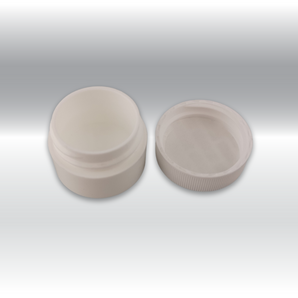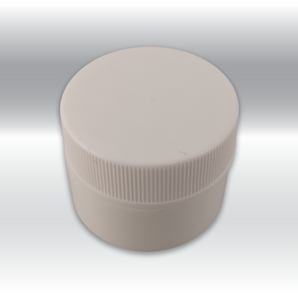Can I Glue Polyethylene? . . . . The short answer is NO! . . . But there is more to the story
Over my 40 plus years in the Plastics Industry, I have been asked this question almost every day. So in preparation of writing this blog article, I jumped on the Web to see what answers others were offering to this question. I found plenty of forums with individuals offering a multitude of solutions to glue Polyethylene. I am here to tell you that while some of them may work to some degree . . . NONE of them work to the degree that most people expect. Oh there are surface preparations that will help industrial adhesives stick to Polyethylene but none will provide a permanent bond to Polyethylene. The only true way to bond Polyethylene to Polyethylene is by heat welding and this requires the right equipment and the proper technique.
The best bond between two pieces of the same material is a chemical bond, where the chemical in the adhesive melts the contact surfaces and they fuse together. That never happens with Polyethylene as the material is impervious to almost all chemicals. The only way to achieve this kind of bond with Polyethylene is with heat, melting the contact surfaces and pressing them together, or using a "like material" welding rod to braise the pieces together. In both of these cases the amount of surface area contact is directly relevant to the strength of the bond. For example if you are trying to bond the edge of a 3 mm piece of material to a flat surface, the success of your bond will depend on only 3 mm of surface area, and resulting in a weak glue joint doomed to fail. However if you are wanting to bond the surfaces of two 150 mm x 150 mm pieces of material together you would have 24 time more chance of a successful glue joint.
But wait, there are two more factors that affect the success of your joint. They are the direction of the force that will be applied to the joint and the amount of adhesive in the finished joint. The former is more likely to be more of a problem for an edge joint than it is for a surface to surface joint. The latter has a lot to do with the success of your joint, as a glue starved joint, has no chance for success. All of the adhesives that proclaim success in gluing Polyethylene will rely on a reasonable amount of adhesive remaining in the joint after curing. The common tendency is to tightly clamp the joint during the curing process. Where as this will push the adhesive out of the joint and leave your joint with two properly prepared surfaces and NO Adhesive. . . . providing Zero Chance for a successful bond! So if you do try one of these products make sure you follow the manufacturer's instructions. (see below for links to some of these products)
The success of gluing any material relies heavy on pre-gluing surface preparations on Polyethylene include chemical treatments and corona (heat) treatments both of these etch the surface providing a more porous surface that will help an adhesive find a mechanical bond. The use of one of these surface treatment on Polyethylene is mandatory if you want to give your repair any chance of success. But keep in mind what I said in the second paragraph, the amount of surface contact is directly related to the chances of success. Also if the reason for the original material failure is the amount of force that is regularly applied to the area requiring repair then your glue joint won't stand up. Example: gluing a small knob or hasp.
The last thing effecting Polyethylene repairs is the age or amount of Ultra Violet light to which the material has been exposed. Polyethylene becomes less flexible and less resilient with age. Our stores have seen many Polyethylene Kayaks, Canoes and small Boats brought in to repair a hole or a crack. Often these items show signs of previous attempts at repairs with everything from silicone to blow torches. When we ask where the Customer acquired this craft . . . usually the answer is "I found it floating in the Ocean". . . Well who knows how long it has been floating around the world and most likely the original owner gave up on repairing the thing and rather than disposing of it responsibly simply turn it loose. However the fact is when these Polyethylene items crack or get punctured its is almost always because the material is past it's "Best Before Date". So while we can Hot Air Weld a patch over the broken area, the heat we need to apply will accelerate the aging process of the area around the repair, resulting is a new crack with any future impact.
Polyethylene is a super useful plastic, the fact that it is impervious to most chemicals and solvents makes it ideal for containers. It's hot flow characteristics make it great for Rotational and Blow Molding and it's flexibility provides a great deal of resilience to the products into which it is made. However it does have a shelf life and when that time has been reached, the best thing to do is recycle it!
Products we sell that boast successful Polyethylene repairs



